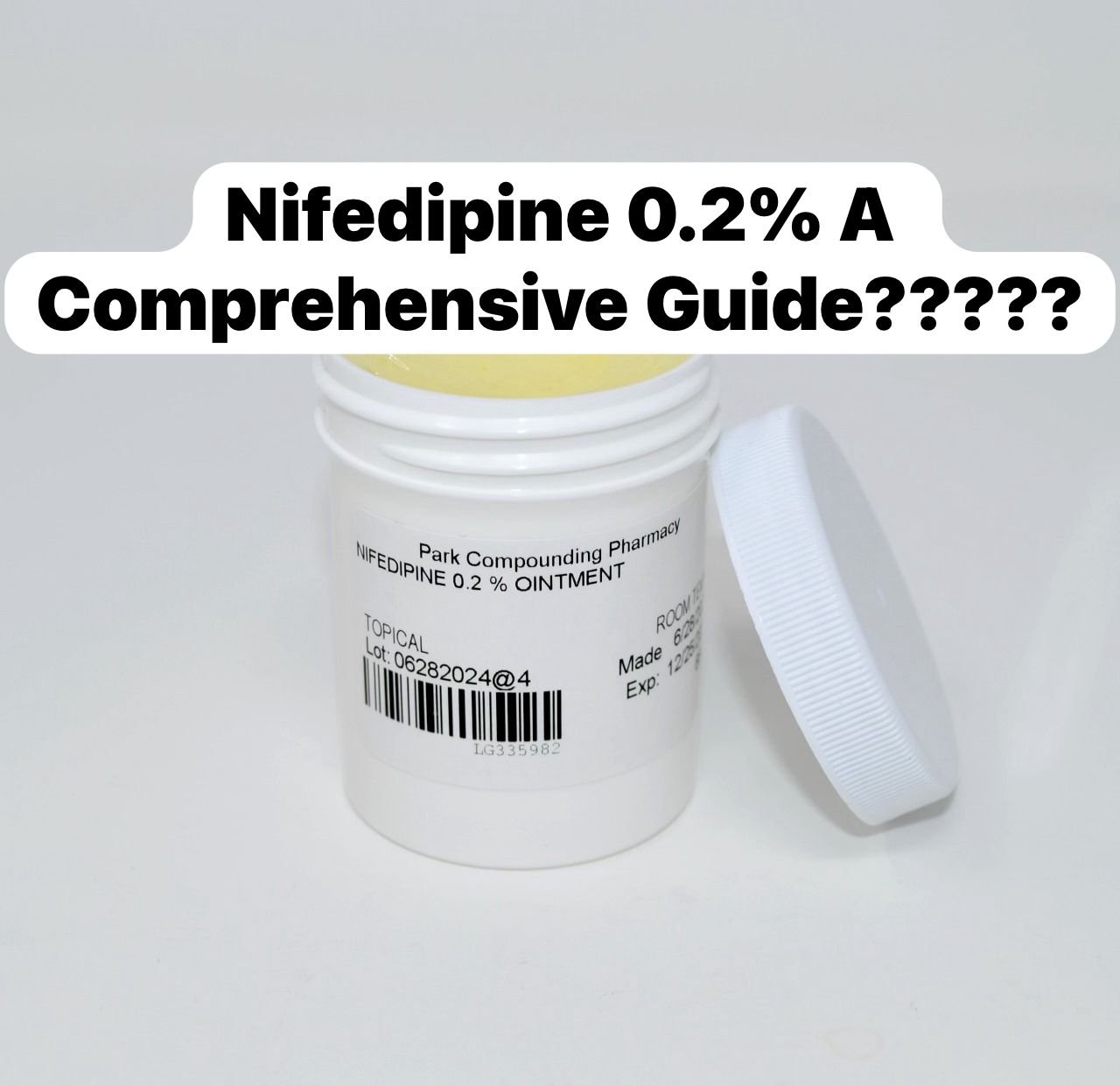Nifedipine is a well-known medication commonly used in oral form to treat high blood pressure and angina. However, when formulated as a 0.2% cream, nifedipine serves a different purpose, offering targeted treatment for certain vascular conditions. This topical application has gained attention for its effectiveness in managing symptoms associated with conditions like Raynaud’s phenomenon and anal fissures.
What is Nifedipine 0.2% Cream?
Cream is a topical medication that contains a low concentration of nifedipine, a calcium channel blocker. When applied to the skin, nifedipine works by relaxing the smooth muscles of blood vessels, leading to vasodilation (widening of the blood vessels). This action increases blood flow to the affected area, which can help alleviate symptoms related to poor circulation.
Common Uses of Nifedipine 0.2% Cream
While nifedipine is most commonly recognized for its oral use in managing cardiovascular conditions, the 0.2% cream form is primarily used for the following conditions:
- Raynaud’s Phenomenon: Raynaud’s phenomenon is a condition characterized by episodes of reduced blood flow to the fingers and toes, often triggered by cold temperatures or stress. This can lead to pain, numbness, and color changes in the affected areas. Nifedipine 0.2% cream can be applied directly to the fingers or toes to help increase blood flow and reduce the severity and frequency of these episodes.
- Anal Fissures: Anal fissures are small tears in the lining of the anus, which can cause pain and discomfort, especially during bowel movements. Nifedipine 0.2% cream is often prescribed to help relax the muscles around the anus, improving blood flow to the area and promoting healing.
How to Use Nifedipine 0.2% Cream
This 0.2% cream is typically applied directly to the affected area. The exact instructions may vary depending on the condition being treated, but general guidelines include:
- Clean and Dry the Area: Before applying the cream, ensure that the affected area is clean and dry.
- Apply a Small Amount: Use a small amount of cream, typically a pea-sized amount, and gently rub it into the skin over the affected area.
- Frequency of Application: The cream is usually applied 2-4 times per day, as directed by a healthcare provider.
- Wash Hands After Use: After applying the cream, wash your hands thoroughly to avoid accidentally spreading the medication to other areas of the body.
Potential Side Effects
While cream is generally well-tolerated, it may cause some side effects in certain individuals. Common side effects include:
- Local Irritation: Some users may experience redness, itching, or mild irritation at the site of application. This is usually temporary and subsides with continued use.
- Headache: As nifedipine can cause vasodilation, some individuals may experience headaches, although this is more common with oral formulations.
- Dizziness: Rarely, the vasodilating effects of nifedipine can lead to dizziness or lightheadedness, especially when applied in larger quantities or to larger areas.
If you experience any severe or persistent side effects, it is important to contact your healthcare provider.
Precautions and Considerations
Before using cream, it’s essential to discuss your medical history with your healthcare provider. This is particularly important if you have a history of cardiovascular conditions, are pregnant or breastfeeding, or are taking other medications that might interact with nifedipine.
Additionally, while cream is beneficial for specific conditions, it should be used as part of a comprehensive treatment plan. Your healthcare provider may recommend other therapies or lifestyle changes to manage your condition effectively.
Conclusion
Nifedipine 0.2% cream is a valuable tool in the management of conditions like Raynaud’s phenomenon and anal fissures. By improving blood flow and relaxing smooth muscles, it offers targeted relief with minimal systemic effects. As with any medication, it’s important to use nifedipine cream under the guidance of a healthcare professional to ensure its safe and effective use.


Leave a Reply